Discovering the renowned Bali surfing spots is a dream for wave riders across the globe, and for good reason! The Island of the Gods is blessed with an incredible variety of waves, from gentle rollers perfect for first-timers to powerful, world-class barrels that challenge seasoned professionals. Its warm waters, vibrant surf culture, and stunning coastal scenery make it a truly special place to surf.
Whether you’re an absolute beginner eager to stand up for the first time, an intermediate looking to progress, or an expert seeking legendary breaks, Bali offers something for you. Understanding where to go based on your skill level and the time of year is key to maximizing your wave count and enjoyment.
As your friendly guides here at Merusaka Nusa Dua, we’ve put together this helpful overview of some of Bali’s best and most popular surfing spots, particularly those reasonably accessible from the southern part of the island. Let’s find your perfect wave!
Understanding Bali’s Surf Seasons (Dry vs. Wet)
Before diving into specific spots, it helps to understand how Bali’s seasons influence the surf:
- Dry Season (Roughly April – October): This is prime time for Bali’s famous West Coast breaks. During these months, the prevailing trade winds blow offshore along the coast from Kuta up through Canggu and down the western side of the Bukit Peninsula (Uluwatu, Padang Padang, Bingin, etc.). Offshore winds groom the waves, creating cleaner, more organized, and often better-shaped surf. Consequently, this is when the iconic reef breaks of the Bukit truly shine. During this time, the East Coast spots (like Nusa Dua reefs, Keramas) are typically affected by onshore winds, making conditions less ideal.
- Wet Season (Roughly November – March): The winds typically switch during these months, blowing offshore for the East Coast. This makes spots like Keramas, Sanur Reef, and the Nusa Dua reef breaks the favored locations, offering cleaner conditions. Conversely, the West Coast breaks often experience onshore winds during this period, leading to choppier, less organized waves (though surfable waves can still often be found).
Important Note: You can find waves year-round in Bali! The swell is fairly consistent, but the wind direction heavily influences which coast offers the best quality on any given day. This guide highlights popular spots, many best in the dry season, but always check daily conditions.
Beginner-Friendly Beaches: Perfect for Learning
If you’re new to surfing or want a relaxed session on gentle waves, these spots are ideal. They generally feature sandy bottoms (safer falls!) and have plenty of surf schools and board rental options right on the beach.
- Kuta Beach / Legian Beach: This is the classic starting point for countless surfers in Bali. The long, sandy beach usually offers gentle, rolling whitewater waves perfect for learning the basics of paddling and standing up. Numerous surf schools line the beach, offering lessons at affordable prices. Keep in mind: It can get very crowded, especially with other learners. (Approx. 30-45 min drive from Nusa Dua).
- Seminyak Beach: Stretching north from Legian, Seminyak offers similar beginner-friendly waves over a sandy bottom. It might be slightly less crowded than central Kuta in some sections. You’ll find plenty of board rentals and instructors here too, often with a slightly more stylish beachfront scene.
- Batu Bolong / Old Man’s (Canggu): Further north, Canggu has become incredibly popular. Batu Bolong beach is particularly known for its long, slow-rolling waves, ideal for longboards and beginners practicing their pop-ups. It has a sandy/reef bottom. Be aware that Canggu lineups are famously crowded. The atmosphere here is trendy and bustling. (Approx. 45-60 min drive).
- Tips for Beginners: We strongly recommend taking at least one lesson from a reputable surf school. They’ll teach you crucial safety, etiquette, and techniques. Start in the whitewater, be patient, and have fun!
Intermediate Spots: Stepping Up Your Game
Ready for slightly more challenging waves or looking to progress beyond the whitewater? These spots often offer more consistent waves, potentially faster sections, or reef bottoms that require more awareness.
- Berawa Beach (Canggu): Often provides slightly punchier and faster waves compared to Batu Bolong, making it a good step up for intermediates comfortable with generating speed. It has a mixed sand and reef bottom. Can also get crowded.
- Dreamland Beach (Bukit Peninsula): A beautiful white-sand beach break nestled between cliffs. Dreamland can offer fun, sometimes powerful left and right peaks over sand. It works on different tides and can be a good option when other Bukit spots are too big or crowded. (Approx. 20-30 min drive).
- Balangan Beach (Bukit Peninsula): This picturesque spot features a long, peeling left-hand wave breaking over a reef. It’s generally best surfed on mid to high tide to cover the reef adequately. When the swell isn’t too large, Balangan offers fantastic, long rides perfect for intermediate surfers comfortable with reef breaks. (Approx. 20-30 min drive).
- Airport Rights & Lefts (Near Kuta/Tuban): Located near the airport runway, these reef breaks offer long, fun waves suitable for intermediates, especially Airport Lefts. Access is typically via a short boat ride (jukung) from the beach near the airport, which local boat operators provide for a fee.
Advanced & Expert Breaks: Bali’s Legendary Waves
Bali earned its legendary status largely thanks to the powerful, world-class reef breaks found primarily on the Bukit Peninsula, which truly fire up during the dry season swells. These spots are strictly for experienced surfers due to sharp reefs, strong currents, powerful waves, and often crowded conditions.
- Uluwatu: The icon. Uluwatu isn’t just one wave but a collection of breaks accessible via a cave entrance. You’ll find powerful, long left-handers peeling across the reef. Key sections include The Peak, Racetracks (fast, hollow sections), Temples, Outside Corner (handles large swells), and The Bombie (further out, needs big swell). It’s consistently good but demanding and always crowded. Requires confidence and skill over sharp, shallow reef [Link to Uluwatu Temple post for location context]. (Approx. 30-45 min drive).
- Padang Padang Left (Balinese Pipeline): This is one of the best, and most dangerous, waves in Bali. It’s a short, intense, perfectly barreling left that breaks over extremely shallow, sharp coral. It only works properly on larger swells (usually during the dry season peak). This wave is strictly for expert/pro-level surfers only. Note: Nearby is Padang Padang Right, a much mellower wave breaking into a channel, often suitable for intermediates or even beginners on smaller days.
- Impossibles: Aptly named, this break offers incredibly long, fast left-hand waves that peel rapidly across the reef for hundreds of meters. Making all the sections can indeed feel impossible! It requires significant speed and skill and is best suited for experienced surfers.
- Bingin: A picture-perfect but intense shorter left-hand barrel breaking over a shallow reef. It’s very popular with skilled surfers and known for its photogenic tubes but also its crowds and critical take-off zone. Strictly for those comfortable in barreling reef break conditions.
- Keramas (East Coast – Wet Season Gem): While this guide focuses mainly on spots accessible year-round or best in the dry season (relevant now), it’s worth mentioning Keramas. Located on the East Coast, this world-class right-hand reef break offers powerful barrels and high-performance sections. It’s Bali’s premier wet season spot when the winds turn offshore there. (Further drive from Nusa Dua).
Nusa Dua Reef Breaks (Your Local Wet Season Option)
It’s interesting to note that Nusa Dua itself has several quality reef breaks located offshore (requiring boat access). Popular spots include Black Stone, Mushroom Rock, and Sri Lanka point. These breaks generally work best during the wet season (Nov-Mar) when the prevailing winds are offshore for the East Coast. Depending on the swell, they can offer excellent waves suitable for intermediate to advanced surfers. So, if you happen to be visiting during that time of year, you might find great surf right on your doorstep!
Surf Etiquette & Safety Reminders: Share the Waves Respectfully
Bali’s popular spots can get crowded. Understanding and practicing good surf etiquette is crucial for everyone’s safety and enjoyment.
- Priority / Right of Way: The surfer closest to the breaking part of the wave (deepest/furthest inside) generally has the right of way. Wait your turn.
- Don’t Drop In: Never take off on a wave if someone else with priority is already up and riding. Look both ways before committing!
- Paddle Wide: When paddling back out, avoid paddling straight through the impact zone where people are surfing. Paddle wide around the breaking waves, staying out of the way.
- Hold Onto Your Board: Control your surfboard at all times. Letting it fly can be dangerous for others in the water.
- Respect Locals: Remember these are the home breaks for local Balinese surfers. Show respect, be patient, and share the waves. A smile and understanding go a long way.
- Know Your Limits: This is paramount. Be honest about your skill level. Don’t paddle out in conditions that are too big or powerful for your ability. Check surf reports for swell size, tide times, and wind conditions before you go.
- Reef Safety: If surfing reef breaks, be aware of the reef, especially at low tide. Consider wearing reef booties to protect your feet. Understand the risks involved.
- Sun Protection: The tropical sun is strong. Use reef-safe sunscreen liberally and wear a rash guard or surf shirt for protection.
Conclusion: Find Your Perfect Bali Wave!
Bali truly lives up to its reputation as a surfer’s paradise, offering an incredible spectrum of waves against a stunning backdrop. From the gentle learning slopes of Kuta to the legendary barrels of Uluwatu, there’s a wave waiting for almost every surfer.
Remember to consider the season when choosing which coast to explore (West Coast generally best April-October, East Coast November-March). Most importantly, always choose spots appropriate to your skill level, prioritize safety, and practice respectful surf etiquette in the water.
Whether you’re keen to take your first lesson or score the wave of your life, the team here at Merusaka hopes you have an amazing time surfing in Bali. Our concierge team can always assist with arranging transport to surf spots or recommending reputable local surf schools or guides.
Enjoy the ride!



